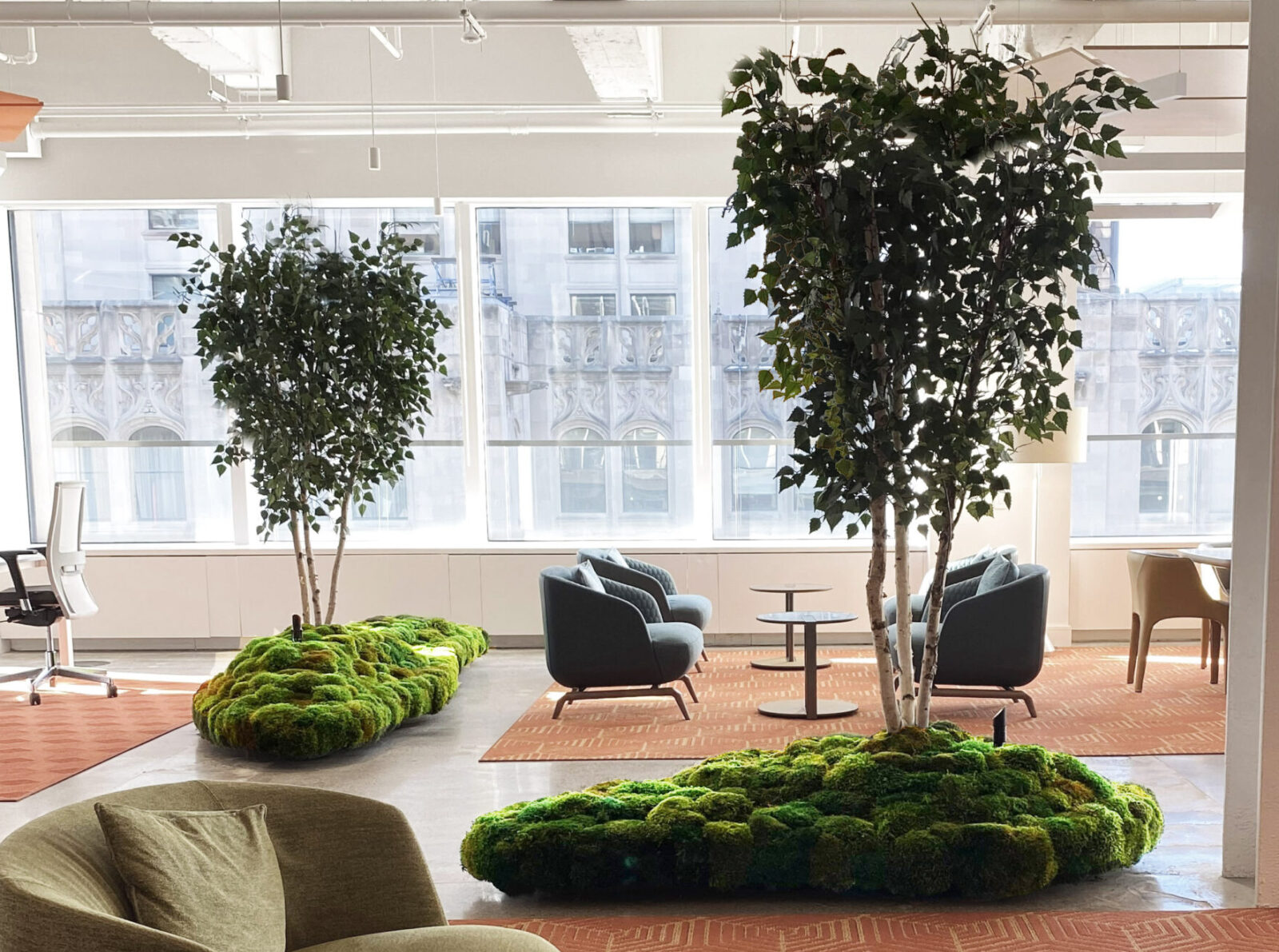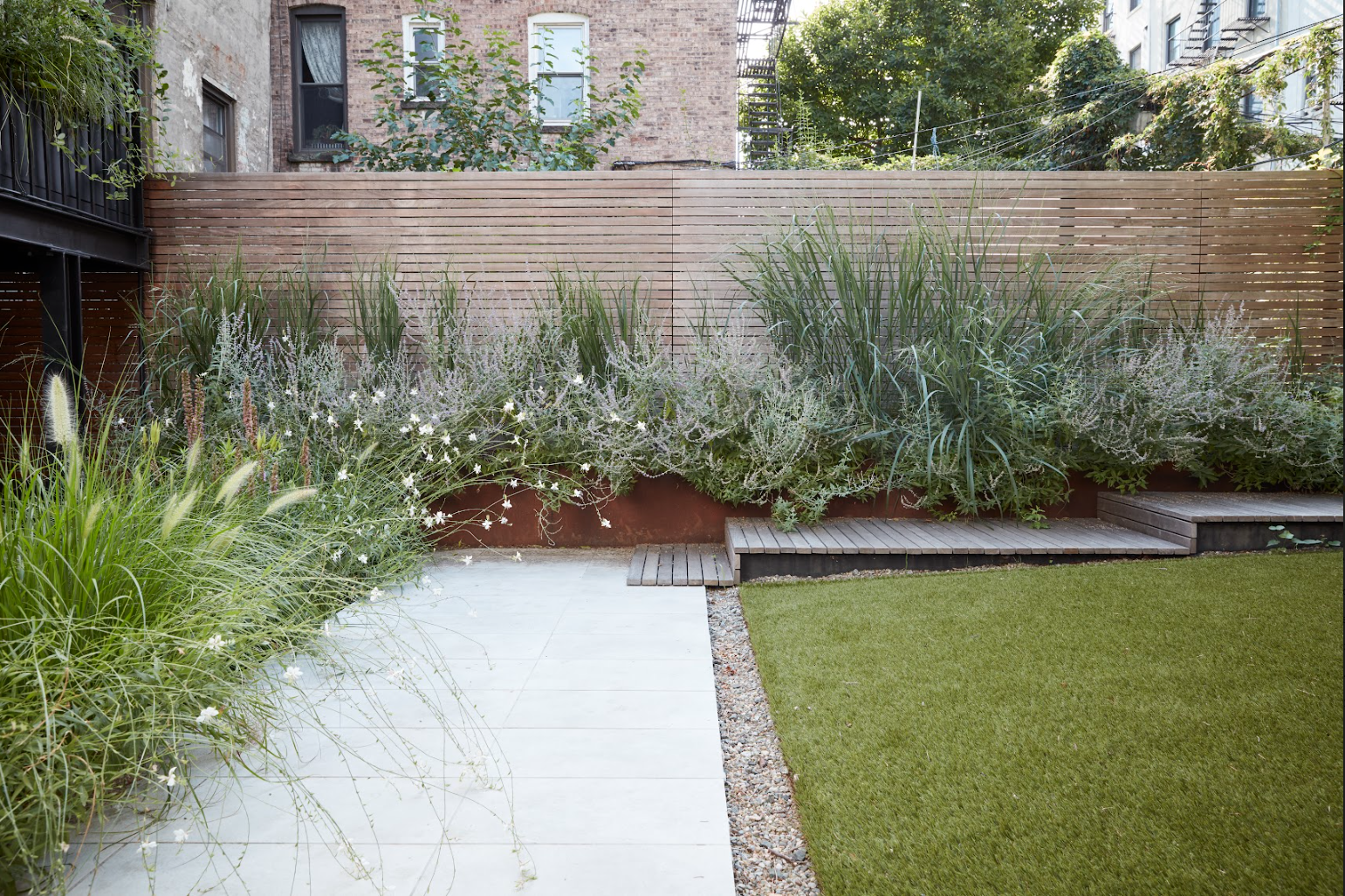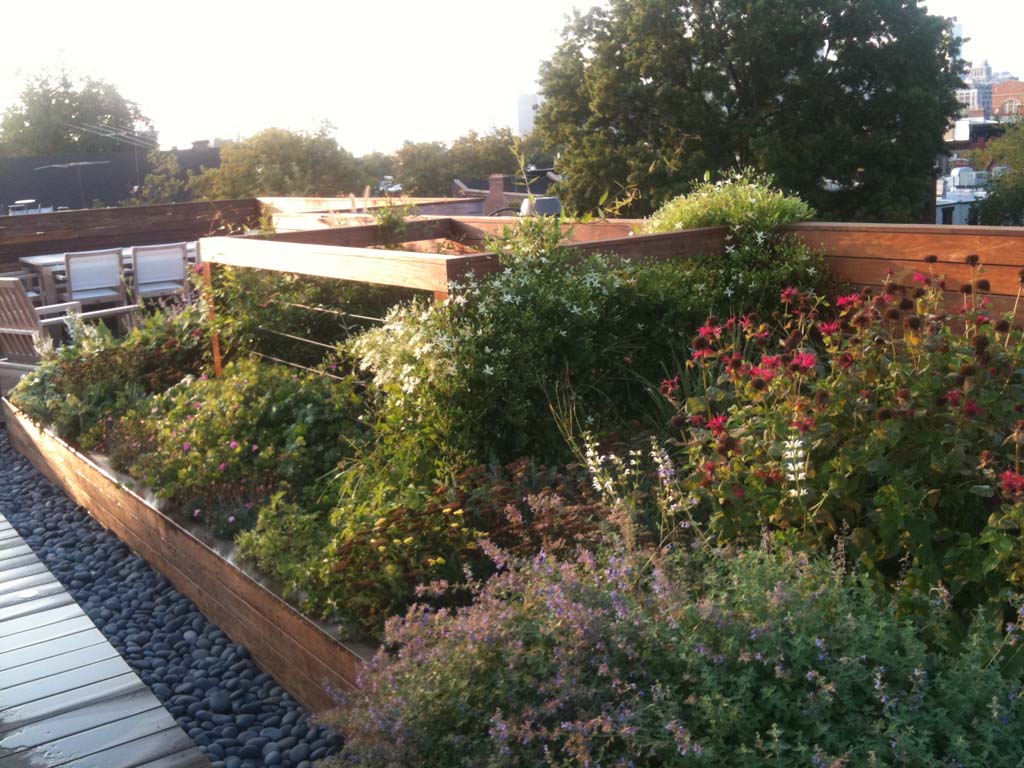




Kageno landscape
Kageno’s mission is to transform impoverished communities into places of opportunity and hope – through the development of self-sustaining community directed programs in Education, Health, Ventures (Income Generation) and Environment They believe it is essential to sustainable development to work with the community rather than giving simple aid or handouts.
Kageno helps communities suffering from impoverishment, AIDS, genocide and limited access to healthcare, clean water, and education. Working with local leaders to identify needs, they help villages build schools, health centers, pharmacies, and sanitation and clean water systems and develop programs to help them protect their fragile environments. They then build community centers with learning tools and internet access, identify training programs that support our efforts to build local economies.
Together with Sarah Wayland-Smith, we proposed a phased landscape design that worked in conjunction with the architectural plans proposed by SPG architects that is a systematic approach to landscape sustainability for the Kageno Community in Rwanda. Central to the design is the ‘agricultural axis’ or band of crops, which also provides a connection between the radial configuration of buildings and the ecotourism area. Working on a variety of scales, this proposal attempts to maximize the potential for landscape to address the needs of this community. The design of the areas adjacent to the Community Center offer smaller medicinal, herbal, and kitchen gardens. The courtyards are lush oasis’s that include multi-stemmed trees for shade, native flowers and shrubs, and locally made brick pavers. All of the vegetation proposed is native and multi-purposed, such as groves of Moringa trees, known for their high nutritional value, and Bamboo. The plan also proposes an area for livestock, beekeeping, and composting for a sustainable and integrated overall landscape.


